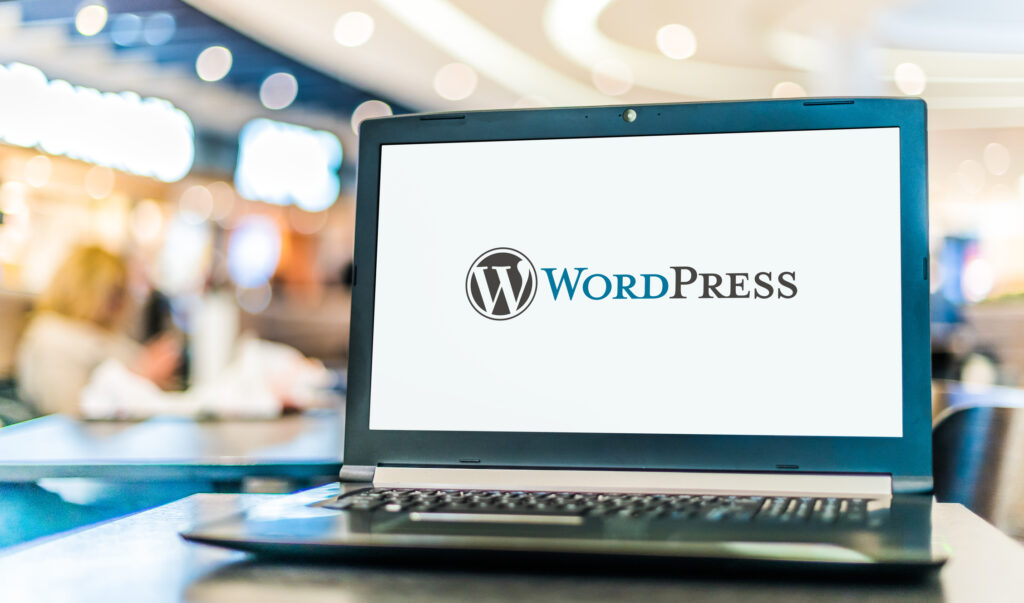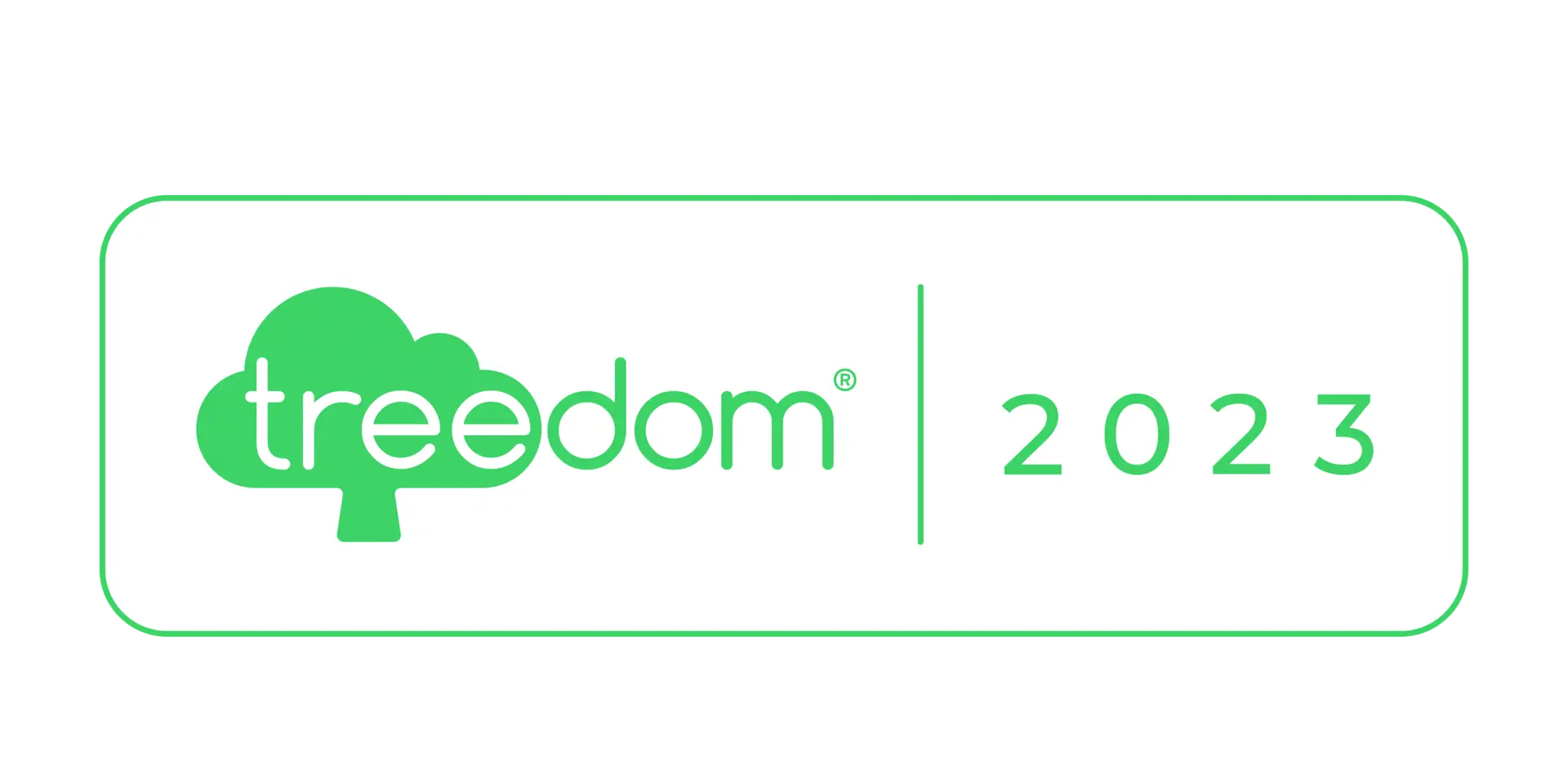Why is it important to protect a WordPress site?
WordPress is one of the most popular CMS (Content Management System) in the world, used by millions of websites. However, this popularity also makes it a prime target for hacker attacks. Protecting your WordPress site not only protects your and your users' data, but also avoids reputation problems and additional costs to restore the site in case of compromise.
Below, we will guide you through the best safety practices, the most effective plugins and the most useful techniques for securing your WordPress site.
Use a reliable security plugin
THE security plugin are essential tools for protecting a WordPress site. They offer advanced features such as firewall, file scanning and malware protection.
Best security plugins for WordPress
- Wordfence Security: one of the most popular plugins, includes a firewall, malware scanning and brute force login protection. The free version is already very effective, but with the premium version you get access to real-time threat updates.
- Sucuri Security: offers continuous monitoring, DNS firewall and malware removal. It is especially useful for high-traffic sites.
- iThemes Security: focuses on protecting the vulnerability common and offers a user-friendly interface for those without much technical experience.
Practical advice: Install only one security plugin to avoid conflicts. Configure it carefully and enable the automatic scanning To detect any problems.
Enable two-factor authentication (2FA)
L'two-factor authentication (2FA) adds an extra layer of security to your site login. This way, even if a hacker gets your credentials, he or she will not be able to gain access without the second authentication factor.
How to enable 2FA on WordPress
- Install a specific plugin such as:
- Google Authenticator: generates temporary codes on your smartphone.
- Two Factor Authentication: simple to set up and compatible with many security plugins.
- Follow the plugin's instructions to connect your smartphone or authentication app (e.g., Google Authenticator or Authy).
Suggestion: In addition to 2FA, it limits the number of login attempts to prevent brute force attacks. Most security plugins include this option.
Update WordPress, plugins and themes
One of the most common mistakes is not keeping the site up-to-date. Updating WordPress, plugins and themes is critical to closing any security holes.
What to do to stay current:
- Enable the automatic updates For WordPress and essential plugins.
- Check regularly for available updates in the control panel.
- Avoid using unofficial plugins or themes Or downloaded from unsafe sources.
Important note: Before each update, do a full site backup. This will allow you to restore everything in case of problems.
Reinforcing login credentials
Weak passwords and predictable usernames are among the leading causes of security breaches. Take these precautions:
- Use long and complex passwords, with combinations of capital letters, numbers and special characters.
- Do not use "admin" as the username: it is the first target of brute force attacks.
- Change passwords regularly and do not reuse them on other accounts.
Useful tool: You can use a password manager such as LastPass or 1Password to generate and manage secure passwords.
Protect the file wp-config.php
The wp-config.php contains sensitive information such as database credentials. Protecting it is essential for site security.
How to protect wp-config.php
- Change the permissions of the file to 400 or 440 To restrict access.
- Move the file to a directory above the root (if your hosting allows it).
Implement a firewall and enable HTTPS
A web application firewall (WAF) protects the site by blocking suspicious traffic before it reaches the server.
How to implement a firewall
- Use firewalls included in security plugins such as Wordfence or Sucuri.
- Consider an external service as Cloudflare, which offers free WAF and DDoS protection.
HTTPS mandatory: Using an SSL certificate not only improves security, but also increases ranking SEO Of your site. You can get free SSL certificates through Let's Encrypt, often included in hosting services.
Make regular backups
THE regular backups are your lifeline in case of a hacker attack or technical error. Make sure you have a recent copy of your site available at all times.
Best backup plugins:
- UpdraftPlus: easy to use and allows you to save backups to the cloud (Google Drive, Dropbox, etc.).
- BackupBuddy: A premium solution with advanced features.
- Duplicator: Great for creating backups and migrating the site.
Suggestion: Schedule automatic weekly backups and keep at least one copy offline for added security.
Protecting a WordPress site requires a combination of best practices, appropriate tools And constant attention. Using security plugins such as Wordfence, enabling thetwo-factor authentication, regularly updating the CMS and implementing a firewall, you can dramatically reduce the risk of hacker attacks.
Never forget to carry out regular backups And to reinforce access credentials. Good prevention is always more effective than a late solution!


